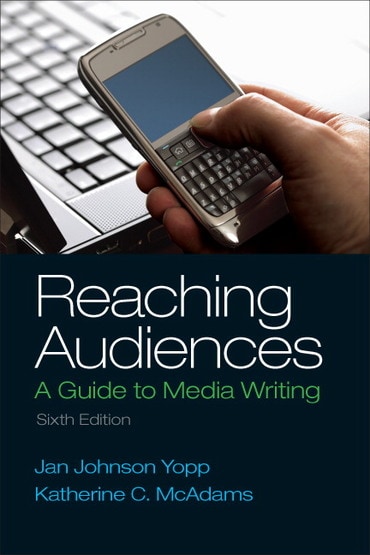Switch content of the page by the Role togglethe content would be changed according to the role
Reaching Audiences, 6th edition
Published by Pearson (January 16, 2014) © 2014
- Jan Johnson Yopp
- Katherine C. McAdams
eTextbook
C$54.99
Need help? Get in touch

